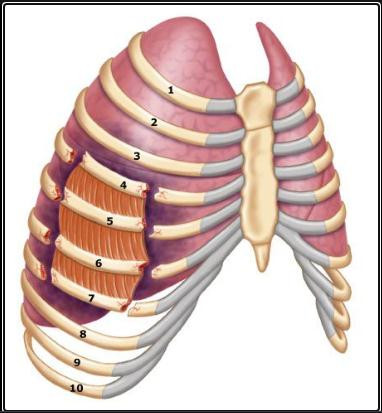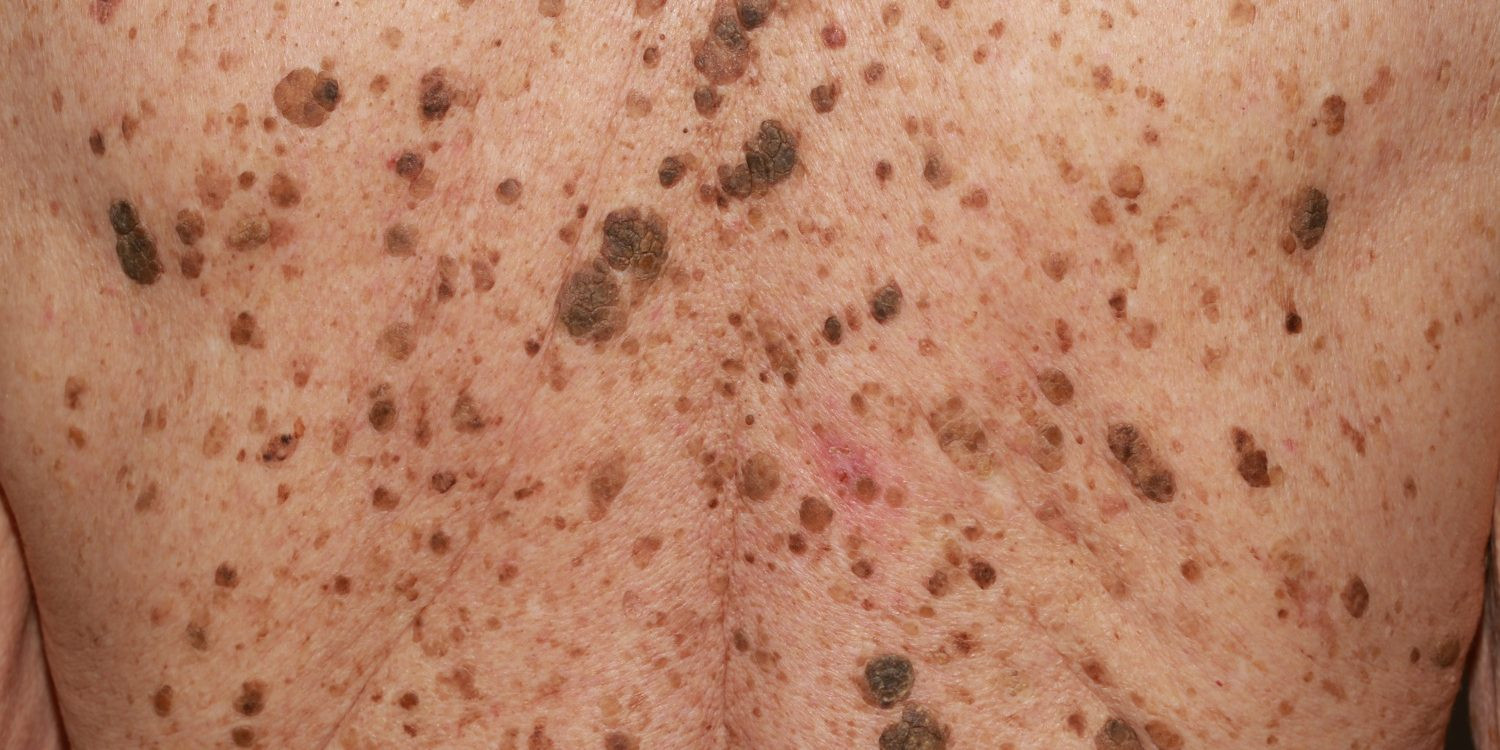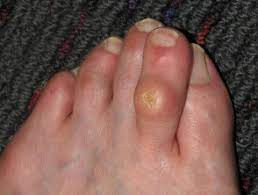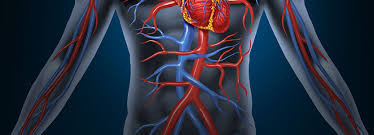Definisi
Tulang rusuk terdiri dari dua belas pasang tulang yang melengkung dari dari tulang belakang ke depan dada membentuk sangkar untuk melindungi beberapa organ penting seperti paru-paru dan jantung. Jika tulang rusuk terkena trauma atau cedera hebat, seperti jatuh dari ketinggian, kecelakaan mobil, atau cedera lainnya, tulang rusuk bisa patah.
Flail chest adalah jenis patah tulang rusuk tertentu ketika tiga atau lebih tulang rusuk yang letaknya berurutan mengalami patah minimal di dua titik. Ini berarti tulang rusuk memiliki segmen yang tidak terhubung dengan bagian tulang rusuk lainnya. Bagian dinding dada pada segmen tulang yang patah menjadi tidak terhubung dengan dinding dada di sekitarnya, sehingga akan terlihat mengambang, terutama saat pasien menarik dan menghembuskan napas. Kondisi ini dapat mengganggu pernapasan secara serius.
Flail chest umumnya disebabkan oleh benturan benda tumpul yang hebat pada dada dan merupakan kondisi darurat yang mengancam nyawa karena dapat disertai cedera paru yang parah.
Cedera ini jarang terjadi. Namun, ketika ini terjadi, flail chest akan sangat mempengaruhi pernapasan dan menyebabkan masalah kesehatan yang cukup besar.
Penyebab
Trauma tumpul dinding dada merupakan penyebab terjadinya flail chest. Disebut trauma tumpul dinding dada karena disebabkan oleh benturan benda tumpul atau datar pada dinding dada, membuat patah tulang rusuk yang terlepas dari dinding dada, sehingga dinding dada tidak stabil dan "mengambang".
Trauma dada umumnya terjadi pada kecelakaan di jalan raya. Trauma dapat bervariasi tingkat keparahannya dari memar minimal hingga patah tulang rusuk. Trauma dada karena kecelakaan biasanya akibat benda tumpul atau datar, seperti roda kemudi, mengenai dinding dada tanpa menembus kulit. Flail chest juga dapat disebabkan oleh tindakan pijat jantung atau kecelakaan seperti ditendang oleh binatang pada olahraga atau kegiatan yang melibatkan hewan.
Penyebab flail chest lainnya antara lain jatuh dari ketinggian (lebih dari 8-10 kaki) dan cedera olahraga pada olahraga kontak seperti sepak bola, rugby, atau hoki. Kondisi lain yang dapat membuat Anda lebih rentan terkena flail chest antara lain jika memiliki penyakit tulang tertentu, kerusakan tulang karena penuaan, atau beberapa jenis kanker.
Patah tulang rusuk yang disebabkan oleh trauma tumpul bisa terasa sangat menyakitkan. Tulang rusuk yang patah karena trauma tumpul juga dapat menyebabkan cedera lebih lanjut, seperti paru-paru tertusuk atau pembuluh darah rusak akibat patahan tulang. Sehingga, flail chest dianggap sebagai cedera paling parah dari trauma tumpul pada dinding dada.
Faktor Risiko
Karena disebabkan oleh cedera, faktor risiko flail chest sama dengan faktor risiko trauma pada umumnya, yaitu:
- Jenis kelamin laki-laki dan keracunan/penyalahgunaan zat menjadi faktor risiko tersering
- Tabrakan kendaraan bermotor merupakan penyebab dari 75% trauma yang mengakibatkan flail chest
- Jatuh, terutama pada orang tua, menyebabkan 15% kejadian
- Peristiwa tertentu seperti pukulan langsung ke dada lebih mungkin menyebabkan 2 patah tulang rusuk tertentu
- Cedera terguling dan tergencet lebih sering mematahkan tulang rusuk hanya pada satu titik sehingga jarang menyebabkan flail chest
- Penyakit tulang metabolik dan osteogenesis imperfekta pada masa kanak-kanak
- Orang tua cenderung mengalami flail chest baik karena memiliki kekakuan dinding dada akibat usia dan karena menderita osteoporosis. Selain itu, orang tua cenderung memiliki riwayat penyakit paru yang meningkatkan risiko komplikasi flail chest
Orang tua sangat berisiko mengalami flail chest dan akan mengalami komplikasi yang lebih berat. Anak-anak jarang mengalami flail chest karena elastisitas dinding dada mereka masih baik. Jika seorang anak mengalami flail chest, menandakan bahwa trauma yang terjadi sangat hebat dan memerlukan perhatian lebih saat dilakukan pemeriksaan.
Gejala
Gejala flail chest bervariasi tergantung pada seberapa serius kasusnya. Jika Anda mengalami cedera berat pada dada, Anda harus mewaspadai gejala-gejala berikut:
- Nyeri dada hebat
- Nyeri tekan di area dada tempat tulang patah
- Kesulitan bernapas
- Memar
- Gerak dinding dada yang tidak rata saat bernapas
Dada yang bergerak tidak bersamaan antara bagian yang terpisah dan bagian dada lainnya umumnya merupakan tanda khas dari flail chest. Area dada yang mengalami cedera akan tertarik ke dalam saat menarik napas, sementara bagian dada lainnya mengembang ke luar. Saat mengeluarkan napas, area yang cedera akan mengambang, sementara bagian dada lainnya tertarik ke dalam.
Diagnosis
Flail chest didiagnosa melalui pemeriksaan fisik, sama seperti patah tulang rusuk lainnya. Jika dokter melihat gerakan yang tidak biasa pada dinding dada saat pasien bernapas, itu adalah tanda bahwa pasien mengalami flail chest.
Dokter kemudian akan menyarankan rontgen dada untuk mengkonfirmasi diagnosis yang didapatkan melalui pemeriksaan fisik. Meskipun beberapa patah tulang rusuk tidak terlihat pada pemeriksaan rontgen biasa, cedera parah yang disebabkan oleh trauma tumpul, seperti flail chest, biasanya dapat terlihat di beberapa titik. Pasien mungkin perlu melakukan lebih dari satu kali rontgen untuk menilai cedera secara keseluruhan.
Tata Laksana
Flail chest adalah cedera yang berat, dan harus segera dirawat. Pada pertolongan pertama, dokter harus memastikan bahwa pasien masih dapat bernapas dengan baik sambil melindungi paru-paru pasien. Dokter akan memeriksa tanda vital lalu memberi terapi oksigen menggunakan masker untuk membantu pernapasan pasien. Dokter juga akan memberi obat untuk membantu mengatasi rasa sakitnya.
Pada kasus yang lebih berat, yaitu ketika disertai dengan cedera paru, pasien memerlukan alat bantu napas seperti ventilator untuk menjaga rongga dada tetap stabil. Ada kemungkinan diperlukan pembedahan, tergantung pada tingkat cedera dan risiko serta manfaat pembedahan.
Komplikasi
Terdapat risiko cacat jangka panjang yang lebih besar pada orang yang mengalami flail chest. Masalah jangka panjang lainnya termasuk nyeri terus-menerus pada dinding dada, perubahan bentuk dada, dan sesak napas setelah aktivitas. Pada beberapa kasus, fungsi paru dapat normal kembali meski masih ada kelainan di dada.
Jika patahan tulang rusuk menusuk paru-paru atau pembuluh darah, dapat timbul komplikasi yang lebih berat dan mengancam nyawa.
Pencegahan
Cara mencegah flail chest adalah dengan menghindari faktor-faktor yang meningkatkan risiko cedera dada, seperti:
- Berhati-hati saat membawa kendaraan. Menggunakan pengaman saat berkendara dan patuhi rambu lalu lintas
- Hindari penggunaan obat terlarang, alkohol, atau obat-obatan medis yang memiliki efek kantuk saat akan berkendara
- Sediakan lingkungan yang aman untuk orang tua agar mencegah jat, seperti lantai tidak licin dan tidak berundak, serta terdapat pegangan
- Menghindari perkelahian atau olahraga yang melibatkan pemukulan area dada
- Segera konsultasi dengan dokter jika memiliki penyakit yang dapat mempengaruhi tulang rusuk
- Rutin berobat bagi orang tua dengan riwayat penyakit paru
- Penanganan segera pada kasus flail chest dapat mencegah perburukan dan komplikasi kematian
Kapan harus ke dokter?
Jika terdapat tanda dan gejala di atas setelah mengalami cedera atau benturan pada area dada, segera minta bantuan. Lakukan pertolongan pertama, lalu bawa pasien ke unit gawat darurat untuk penanganan selanjutnya.
- dr Anita Larasati Priyono
Bjerke HS. (2021). Flail chest. Retrieved 16 February 2022, from https://emedicine.medscape.com/article/433779-overview#a4
Young B. (2018). Flail chest. Retrieved 16 February 2022, from https://www.healthline.com/health/flail-chest
What is flail chest?. (2020). Retrieved 16 February 2022, from https://www.webmd.com/a-to-z-guides/what-is-flail-chest
Perera TB, King KC. (2021). Flail chest. StatPearls Publishing. Retrieved 16 February 2022, from https://www.ncbi.nlm.nih.gov/books/NBK534090/











